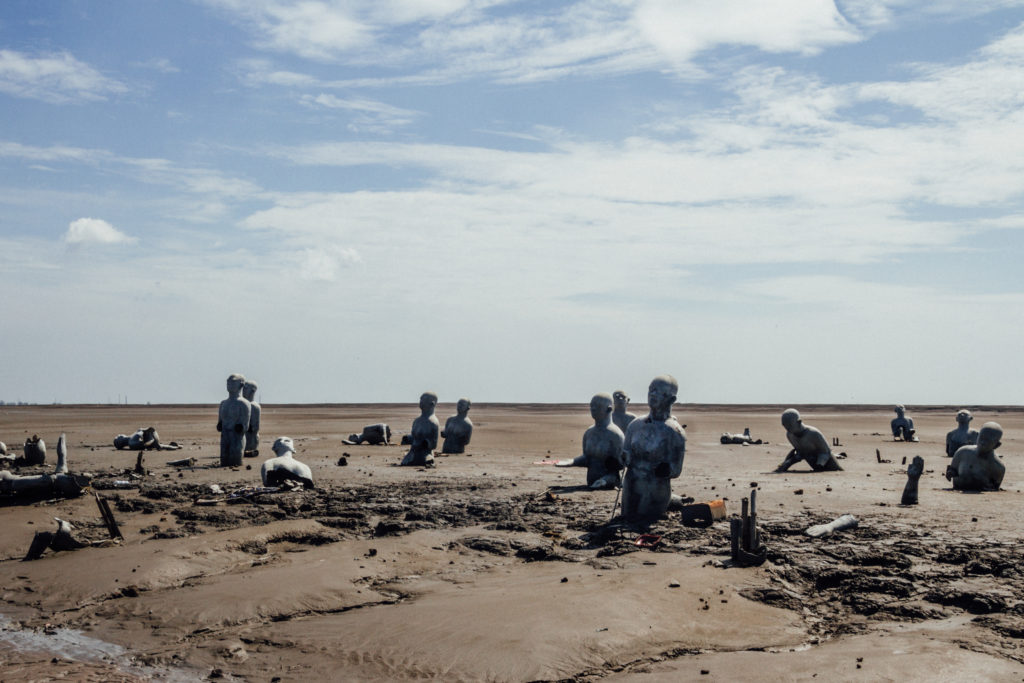How the world breaks
Stan and Paul Cox describe the destructive force of nature in the context of climate change

The reader of How the World Breaks must be agile. The book demands that one navigate between several modes of consciousness in order to face the reality of human input into the “weather on steroids” that is routine these days. How the World Breaks takes us on a long tour, but not one launched with vacation or adventure in mind; rather it books us in at one disaster site, then another, and another. Led by our worthy guides, we visit the scene of 2013’s Typhoon Yolanda in the Philippines in which entire settlements were washed away and some 6,300 people killed; Java where a mud volcano caused by gas drilling plastered 2.5 square miles of fields and villages with forty feet of wet clay, cost 40,000 people their homes, and caused property losses of more than a billion US dollars; Kansas where, in 2007, a 205 mile-per-hour tornado flattened an entire town, destroying 1000 buildings; and more. But surprise: just as the book takes us on this bleak journey, it also presents an electrifying, can’t-put-down detective novel exploring the whats, hows, whens, and whys of each catastrophe. And lest we become too diverted by intrigue, How the World Breaks is a sober investigation of the economics, politics, science, and psychology of a disaster’s origins, progression, and aftermath. Taken together, the landscape of climate change becomes a disquieting documentation of the mess we inhabit.
Taken together, the landscape of climate change becomes a disquieting documentation of the mess we inhabit.
…click on the above link to read the rest of the article…